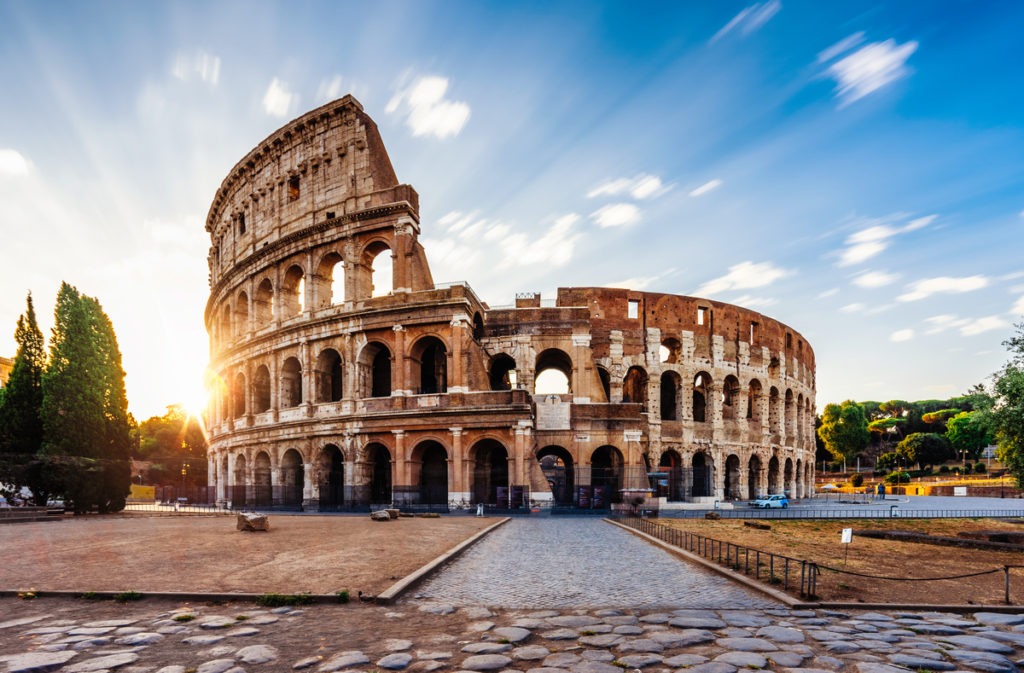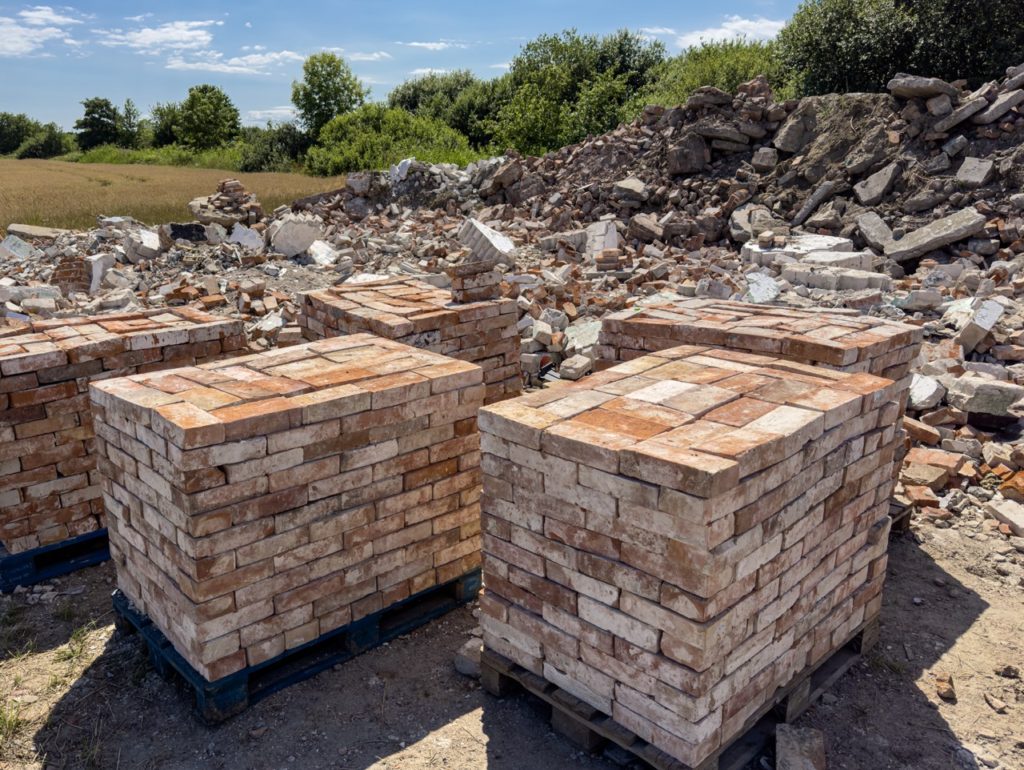Brick Resiliency: The Key to Sustainable Construction
Words: Don Foster
Words: Don Foster
Photos: FilippoBacci, MasterLu, AHatmaker
Bricks' endurance against time and elements is an unparalleled attribute in the construction realm. In an ever-progressing world, where the desire for strong and enduring building materials is paramount, bricks take center stage; it's resilience that stands the test of time. This resilience of brick is defined by its capacity to bear and resist the rigors of harsh weather conditions, structural burdens, and various impacts, all while preserving its structural solidity.
This resilience translates into a significant boon for sustainable construction. Buildings erected with resilient brick demand minimal maintenance and repairs, leading to a considerable reduction in resource exploitation and waste generation. In essence, the resilience of brick is integral to engineering and construction fields, serving as a cornerstone for design, maintenance, and restoration of structures and infrastructures on a community level.


We don't have to look far to see a testament to brick resilience. Many ancient structures, such as the Roman Colosseum and the temples of Bagan in Myanmar, bear testament to the enduring nature of brick. These architectural wonders, having withstood thousands of years, speak volumes about the durability and sustainability of brick.
The impressive compressive strength of brick contributes to its durability by enabling it to handle weight and resist damage. Bricks' resistance to fire, water, and natural disasters, such as earthquakes and hurricanes, make them the ideal building material in areas susceptible to such hazards.
Moreover, bricks' high thermal mass properties, which involve absorbing heat during the day and releasing it slowly at night, contribute to energy efficiency by reducing reliance on heating or cooling systems. This property not only conserves energy but also fosters a more comfortable living or working environment.
Finally, the sound insulation properties of brick, due to their dense structure, help in mitigating external noise, which is particularly beneficial in urban areas or spots near highways. In addition, the resilience of brick extends beyond physical durability to the creation of sustainable, comfortable, and serene living and working spaces.
Contemplating the immense advantages of utilizing brick underscores their sustainable characteristics as we cross the complex landscape of today's construction industry, sustainability remains at the forefront of our collective consciousness. One material that continues to demonstrate its resilience and eco-friendliness is brick. Crafted from abundantly available natural materials like clay and shale, brick presents minimal pollutant or chemical emissions. At the heart of this change is the concept of circular economy, where resources are used in a closed loop with minimal waste and maximum reuse. Brick, being a long-lasting building material, fits perfectly into this model.

Their lengthy lifespan and the ability to recycle them multiple times emphasize their position as a superior choice in sustainable building materials, positioning them as a more environmentally conscious option than other building materials.
In the brick industry, a paradigm shift is occurring as we transition to a 'cradle to grave' perspective. This approach scrutinizes the full lifecycle of a product, from raw materials to end-of-life disposal, allowing manufacturers to pinpoint opportunities for increased sustainability and diminished environmental impact.
At this nexus of construction and environmental responsibility, the design versatility of brick comes to the front. The array of colors, textures, and sizes permits architects to craft distinctive, visually pleasing structures, adding character and differentiating them from standard concrete or steel constructions. For Builders, it gives endless possibilities for creating unique, visually captivating homes with amazing character and charm.
Equally, the enduring appeal of brick infuses buildings with a timeless charm and a sense of robust stability, irrespective of the design ethos.
The financial implications of opting for brick are noteworthy, too. Buildings made from brick retain their value over time, courtesy of their durability and low maintenance costs. The potential savings over the long run are considerable, as brick, unlike other materials like wood or steel, demands no regular upkeep or treatments to maintain its inherent strength and resilience.
In essence, the resilience of brick should be a key consideration in the shift towards sustainable construction. Opting for resilient brick not only aids in conserving our planet's resources but also results in buildings that are more durable and cost-effective. As the construction industry continues to progress, prioritizing brick resilience and adopting sustainable practices is critical. The future of construction is resilient and sustainable, and brick should always be at the center.